Dr. Prakash Chandra Lohani: A Statesman Worth Remembering
-Yashwant Rijal
The alleys of Nepalese Politics are filled with interesting characters. The dynamic political sphere has led to numerous changes in the characters filling those narrow spaces. However, a few names have still kept themselves relevant throughout decades of political changes. One of those names is Dr. Prakash Chandra Lohani, who isn’t currently in the center of power, but it seems that Nepalese politics can’t disassociate itself from him.
Prakash was born into a highly educated family in 2001 B.S. His father, Bed Prasad Lohani, was one of the first engineers in Nepal, and his uncle was the first physicist in Nepal. His father earned a fortune through his ingenious business strategy in Kolkata, ensuring thecomfortable upbringing of Prakash and his siblings. His father was also the first person to introduce the use of RCC in construction, which he demonstrated in 2002 B.S. by constructing Saraswati Sadan, a part of Trichandra Campus, which later became the alma mater of Prakash. Young Prakash must have enjoyed graduating from the college where his father’s seemingly miraculous construction stood tall.
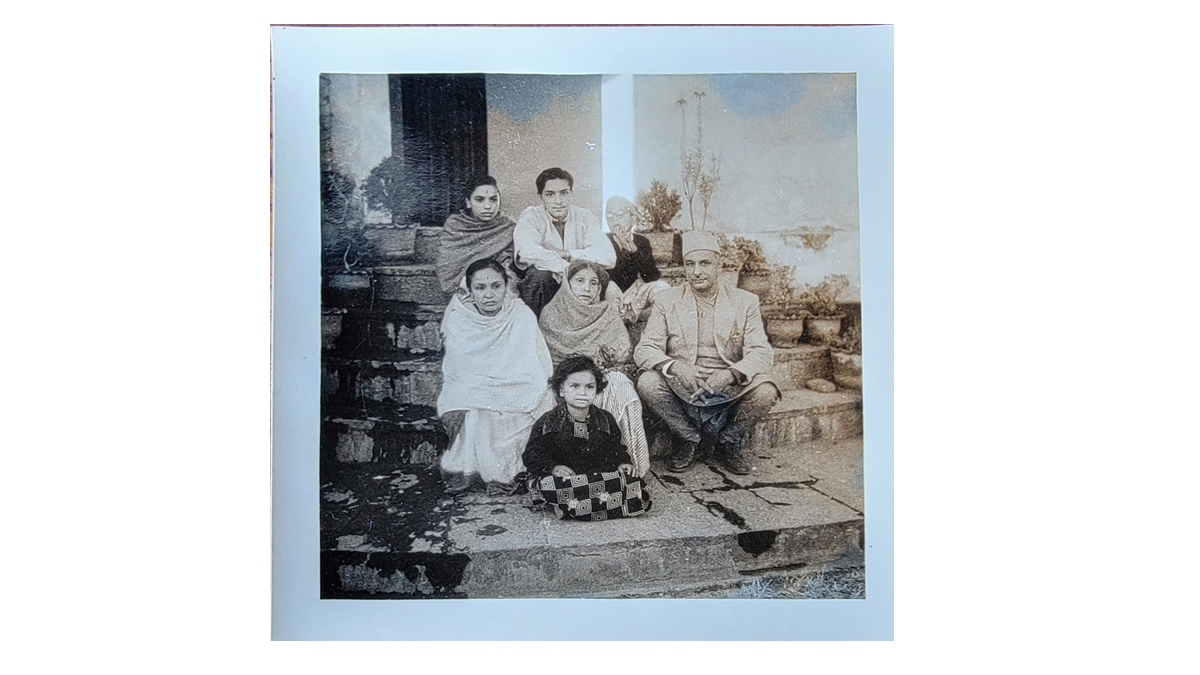
The journey of young Prakash becoming Dr. Lohani started when he got a Fulbright scholarship from USEF to continue his post-grad studies in the USA. He completed his MBA at Indiana University, becoming one of the first MBA graduates in Nepal. He later pursued a PhD in Economics from UCLA, one of the most prestigious universities in the world, and became the youngest PhD graduate in the university’s history at the mere age of 24.
Panchayati Crossroads
Fast forward to 2028 B.S. (1971 A.D.), when Dr. Prakash Chandra Lohani contested in the graduate constituency, becoming a member of the Rastriya Panchayat along with Ramraja Prasad Singh and other two graduates. The candidates were selected through a Preferential Proportional Representation voting system, from which four members were sent as MPs to the Rastriya Panchayat.
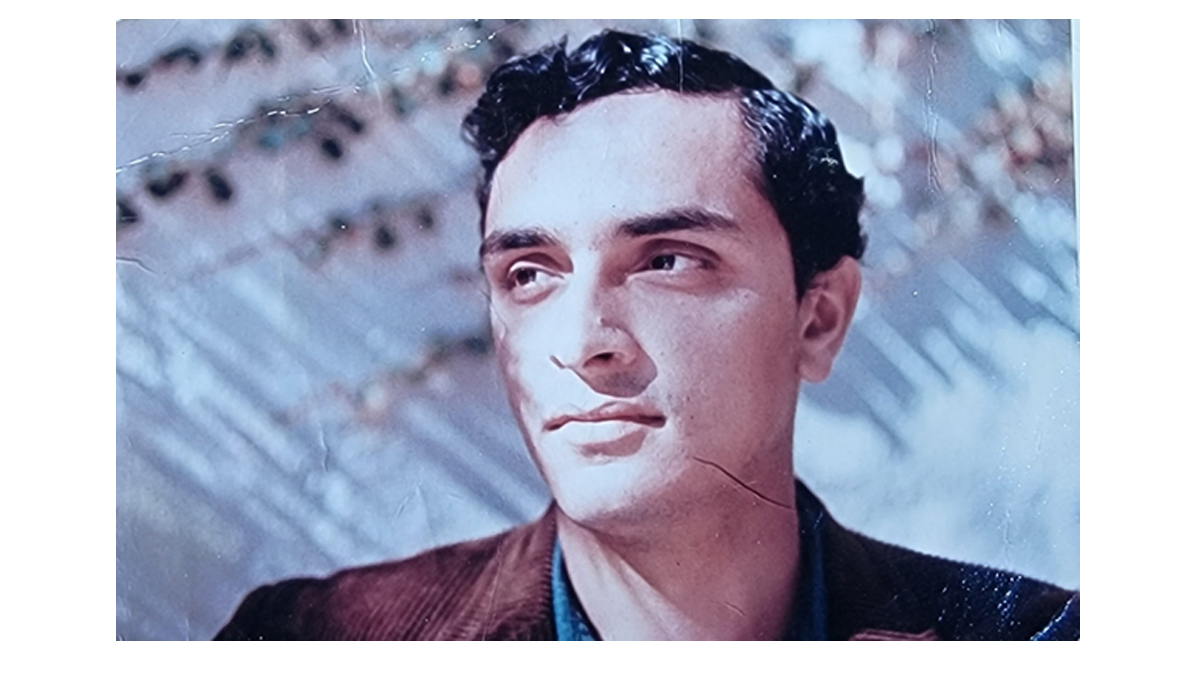
Dr. Lohani had been exposed to the liberal democratic political and economic model of the USA at an early age, which had a very profound effect on his political views. Due to this, he started advocating for the transfer of power to the general public and reducing King’s involvement in direct politics. As Dr. Lohani disclosed in a recent interview, after he expressed his ideas about the ideal position of King and strengthening the power of people, he was immediately taken into custody and imprisoned for nearly more than a year and a half. Even after he got out of jail, he was deliberately restricted from taking part in the 2033 General Elections because of being charged under the Security Act.
However, general public were now getting agitated due to the limitations of their political power. This led to the referendum of 2036 B.S. Very few people know that Dr. Lohani actively took part in the referendum, advocating for Multiparty Democracy. He himself used to distribute pamphlets and urge people to vote for Multiparty Democracy. The result of the referendum wasn’t too appealing, but this eventually gave birth to the Reformed Panchayat, of which Dr. Lohani would be a significant part later on.
Opening the Economic Doors
After the referendum, the general elections take place in 2038 B.S., in which Dr. Lohani contests and wins his seat from Nuwakot, becoming MP for the second time. But this time, things took a different turn for him, as his popularity led to his inclusion in the cabinet. At the age of 40, he becomes the Minister of Finance of Nepal.
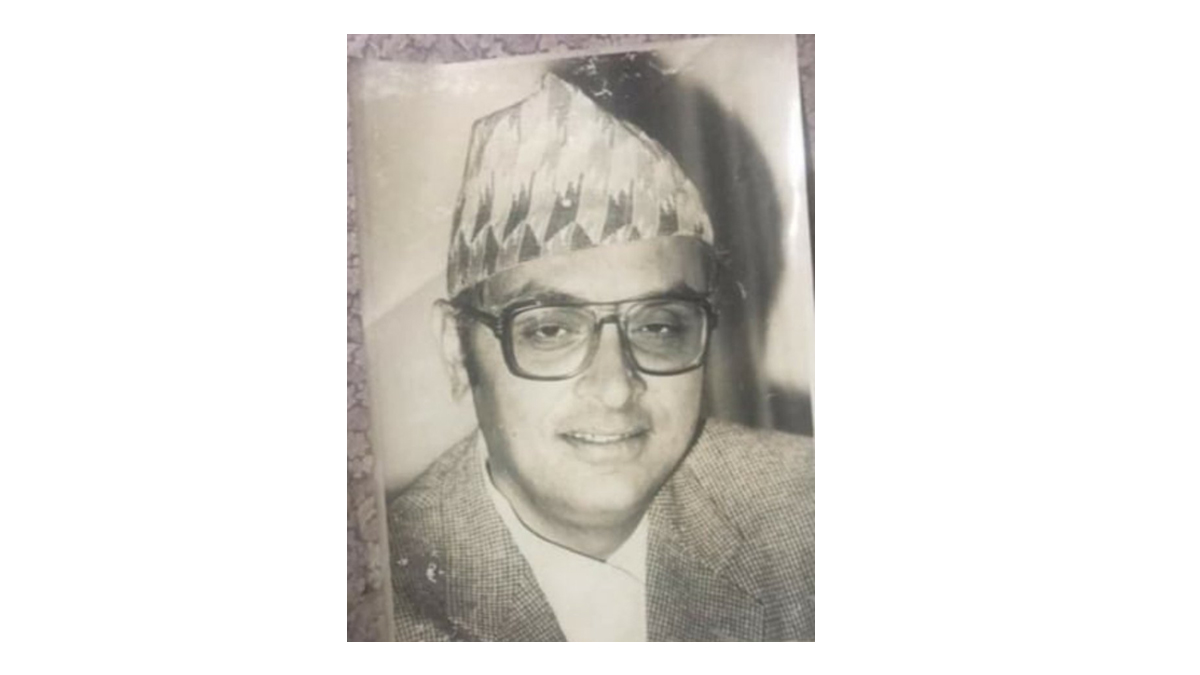
This was the first time Dr. Lohani demonstrated his expertise in the field of economics and finance, bringing about radical changes in the existing structure of the panchayat. Through the budget of 2041/42 B.S., Dr. Lohani opened the doors for private educational institutes. This would later turn out to be a game changer in increasing the literacy rate in Nepal in the long run. He also welcomed foreign banks in Nepal, but he knew the NRB wouldn’t be able to regulate those banks properly. Hence, he introduced a tripartite partnership between Foreign Investors, the government of Nepal, and the general public, starting the public banking sector in Nepal. As a result, a group of joint venture banks emerged in Nepal, resulting in unprecedented economic benefits for the lower class of Nepal. He also made market interest rates flexible so that the banking sector could flourish in Nepal.
He understood the ground reality of farming and agriculture in Nepal. He benefited the farmers by subsidizing Biogas and gave people the right to import agriculture-related raw materials on their own. Dr. Bishwo Paudel, an ex-vice chairperson of the National Planning Commission who is also an economics graduate from Columbia University, writes that he considers only three budgets in the history of Nepal worth remembering. Those were the budgets presented by Subarna Shumsher Rana, Dr. Prakash Chandra Lohani, and Mahesh Acharya.
He argues that the long-term visionary economic policies of Dr. Lohani led to people being uplifted from the lower class to the middle class. It also broke the hegemony of elites and Ranas in the banking sector of Nepal.
If we have to sum up his economic policies, Dr. Lohani is no doubt a progressive economist. He later held several other offices, including those of Minister of Agriculture, Minister of Labour and Transportation, and Minister of Housing and Physical Planning, where he also made several significant contributions. One of those was the decision to reserve the areas along the river corridors in Kathmandu, which would later be used in developing connective corridors all around the valley. We can imagine how a wider river corridor would have eased the traffic burden in Kathmandu. However, this decision was reversed as soon as the panchayat was abolished, calling the decision regressive.
A Democratic Start
I don’t know why, but most of the people from Nuwakot considered Dr. Lohani a Russian communist in his early days. Given the fact that he never really went to Russia for studies or took any communist party membership, it seems factually wrong. I believe some of it might be because many influential economists have left-oriented, progressive economic thinking. However, this wasn’t true, as Dr. Lohani hasn’t joined any Communist party throughout his whole life.
In the 2047 general elections, held immediately after the revolution of 2046 B.S., Congress emerged as the biggest political party. Dr. Lohani, along with other pro-monarch leaders, founded their own party, the Rastriya Prajatantra Party, from which they contested the election. This election was a disappointment for them as only three of their candidates won, one of whom was Dr. Lohani, who was successful in defending his seat from Nuwakot. His immense popularity, along with his personal connections and the work he did for a larger section of people, made him undefeatable in his constituency.
My father jokingly shared an incident which he also thinks might be an exaggeration of reality: that the political situation at that time was so adverse for pro-monarch leaders that when Dr. Lohani won the election from Nuwakot, a group of young guys from Kathmandu gathered and dropped a truck of grass in Nuwakot to mock the people of Nuwakot for electing a person who was one of the prominent faces of the Panchayat System.
Many people thought that this would be the end of his political career. But, as the political incidents unfolded, a sudden crisis emerged out of nowhere, leading to a midterm election. This time, the Rastriya Prajatantra Party got a respective position and became the kingmaker in the number game of parliament. And again, Dr. Lohani’s journey began, but towards a different destination. Dr. Lohani became Foreign Minister under Sher Bahadur Deuba’s cabinet. The Ministry of Foreign Affairs is considered a relatively sound office as it is far from any political drama.
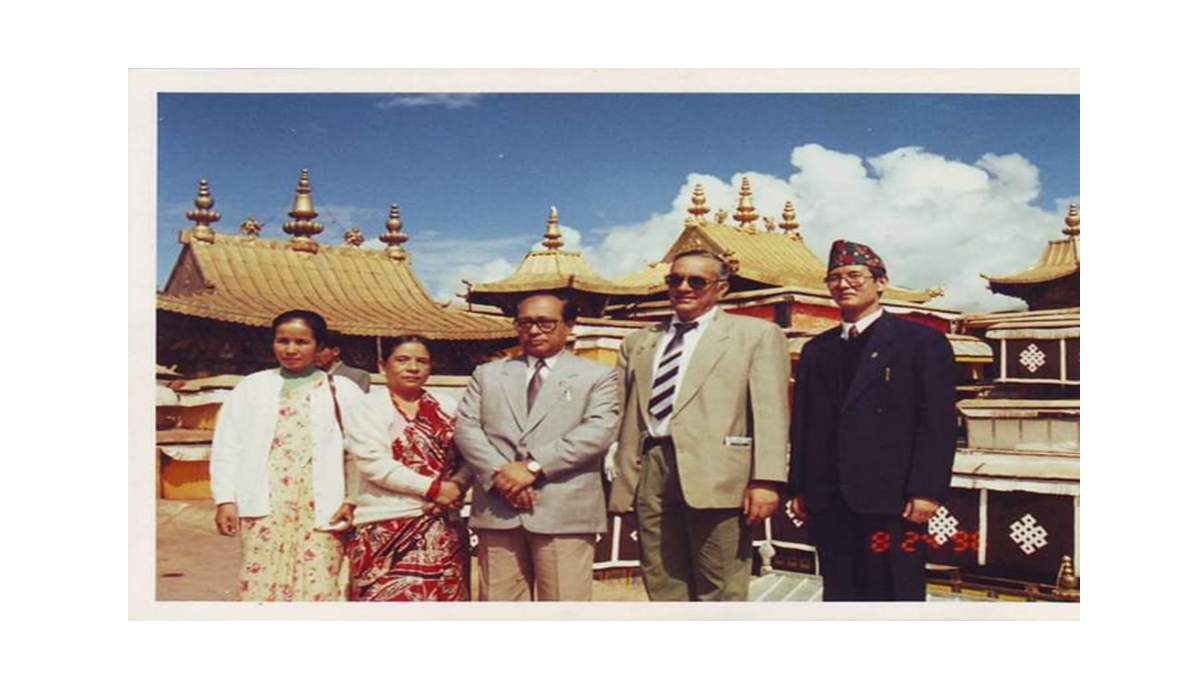
But who knew that Dr. Lohani would be a part of one of the most controversial topics in modern Nepalese history?
The Mahakali Chapter
The Mahakali Treaty, even after 27 years since its initial ratification, is still a topic of hot debate in Nepal. A wave of ultra-nationalist hysteria still surrounds the topic. Many political parties collapsed and emerged, defending and challenging the treaty. But before criticizing anyone, we must look at it through a historical lens.
It was nearly three decades ago when both Nepal and India needed large amounts of energy for industrialization, increasing production, and keeping their economies running by any means. As a constant source of carbon-neutral, low-cost, and renewable energy, hydropower was the only thing Nepal could have approached. Also, the massive potential of Nepal’s water resources needed to be explored eventually. So, for this reason, construction of the Mahakali Barrage, Including Sarada Barrage, Tanakpur Barrage, and Pancheshwar Project, was initiated. This would ensure a large amount of energy for both parties, which was crucial for them.
Examining the treaty itself, it is evident that there is nothing ‘anti-national’ as per the narrative that has been built by various interest groups. The treaty is clearly based on the principle of equity, while special consideration has also been given to Nepal. This is supported by Article 5, which states that the water requirements of Nepal shall be given prime consideration in the utilization of the waters of the Mahakali River.
In Article 2, the treaty ensures that the Nepalese territory that would be used for pondage would still be under the continued sovereignity and control of Nepal. So there is no question of it being ‘anti-national’. In order to protect the nation’s interests, there is a provision for periodic review every 10 years or earlier as required by any of the parties. It has gone to the extent that, in case of any dispute, a neutral tribunal could conduct arbitration, ensuring free and fair decision-making.
There is no doubt that the issue with the implementation aspect of the project is unfortunate. But it by no means makes the treaty against the nation’s interest. Blaming the people involved in the drafting of the treaty would be like blaming parents when their children fail their exams. It’s more interesting when we see newly elected MPs from the RPP blaming others for the Mahakali Treaty; they might be trying to catch the public’s sentiment. I believe Dr. Lohani should make the stand of this new RPP very clear regarding the Mahakali Treaty.
Second Innings
Shortly after, Nepal went through a horrible series of civil insurgencies and anarchy, and the Royal Massacre was the last straw. The country could never actually recover from that situation to its previous state. The propaganda, international pressures, and double standards from several friendly nations crushed the whole system in Nepal. Amidst this crisis,Dr. Lohani again became Finance Minister in 2059, where he seemed to be caught in a Catch-22. A large amount of investment was needed for development and maintaining a steady growth, but most of it was being siphoned off for security and defense spending.
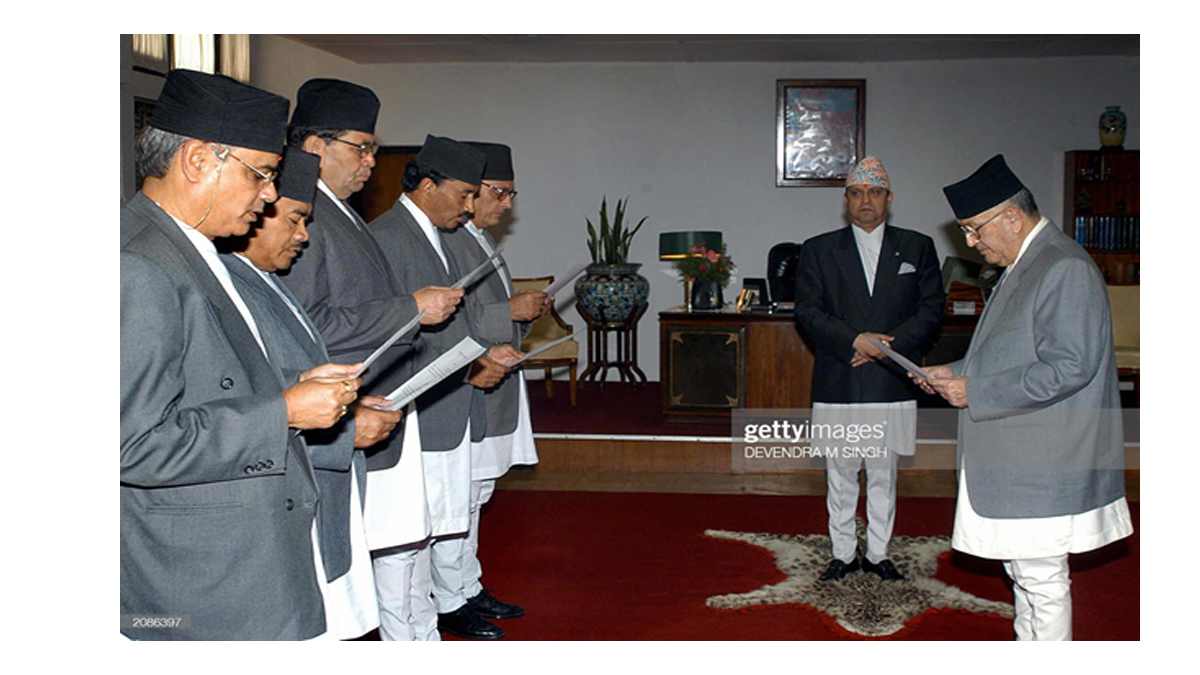
Considering some innovative ideas in governance and financial management from his side, this term was also decent. He proposed political donations to political parties from the government with the primary intention of reducing corruption in party funds and maintaining transparency. He also announced the divestment of state-owned enterprises with the goal of increasing government liquidity. He also encouraged the private-public partnership, which would work as a catalyst for economic growth. The possibility of a Nepal-Bangladesh trade corridor was also briefly discussed during this term. Growth in Nepal’s financial market, especially the emergence of banking sectors, financial institutions, can be attributed to the policies enacted by him during his tenure as finance minister.
Politically, he was also engaged in the Hapure meeting, which tried to maintain peace talks with the Maowadi Revolutionaries. However, this meeting didn’t succeed in meeting its primary purpose. With the abolition of monarchy, less was expected from Dr. Lohani, as he supported Constitutional Monarchy throughout the revolution.
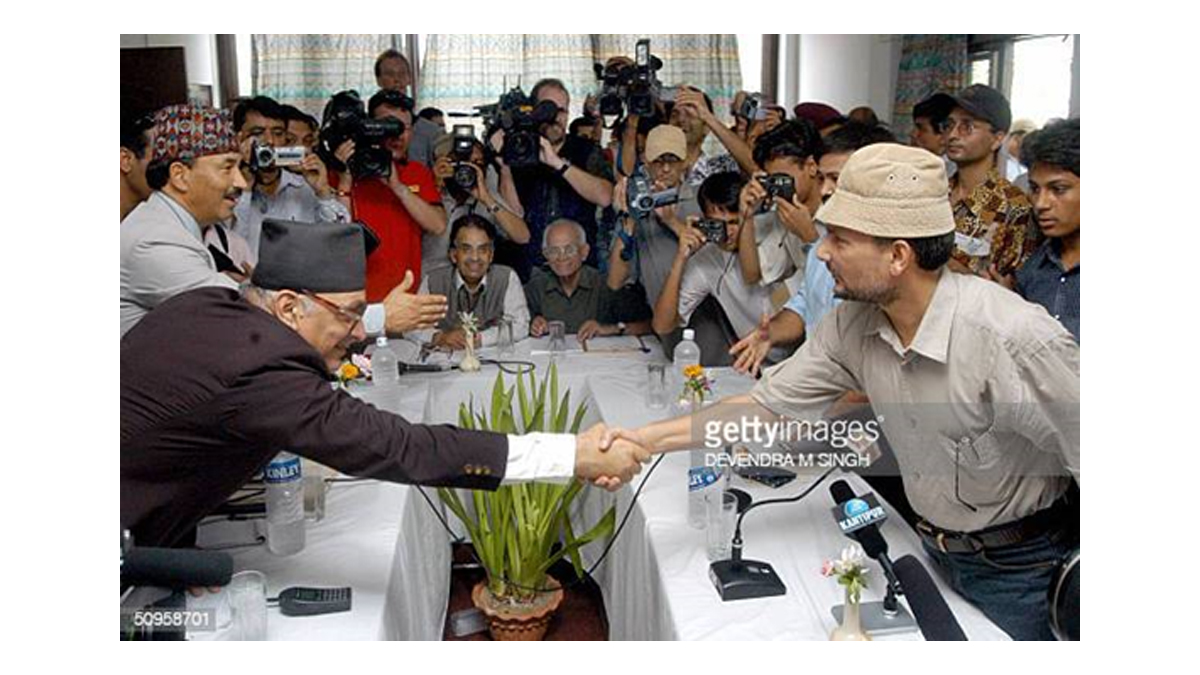
Later on, he established a new political party called the Rastriya Janashakti Party, from which he became a member of the Constituent Assembly, but his relations with the Rastriya Prajatantra Party kept hitting peaks and troughs throughout this period.
Currently, he is the chairperson of the directive committee of the Rastriya Prajatantra Party, which performed well in the election held in 2079.
The celebrations after the elections got sour for the supporters of RPP as Dr. Lohani wasn’t nominated as the MP from the Proportional vote the party got. However, for a person like Dr. Lohani, this issue was very futile. Even though Dr. Lohani seemed less bothered by this decision, his supporters were surely not pleased by it.
Show must go on
Nevertheless, Dr. Lohani is still active, spreading his knowledge through various platforms. He is still sought for his opinions regarding national and international policies due to his reliability, integrity and neutrality when it comes to the national interest.
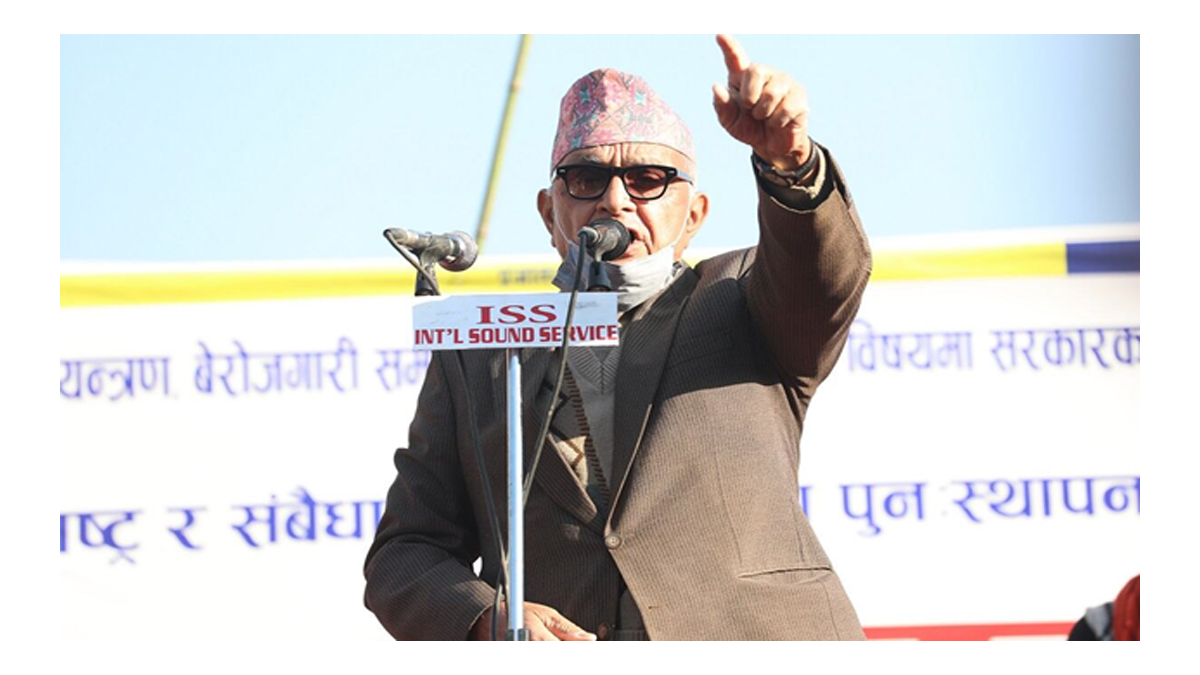
Aging like a fine wine, Dr. Lohani is still physically and politically fit. Distancing himself from even the slightest allegations of corruption or scandal, he is one of the few statesmen remembered for his work and not for corruption. His expertise in economics, finance, politics, and international relations is an asset to the nation and should be taken advantage of. More than anything else, Nepal needs his wisdom, which nowadays is quite rare, especially among politicians.
प्रकाशित मिति : २९ भाद्र २०८०, शुक्रबार १८:५८














